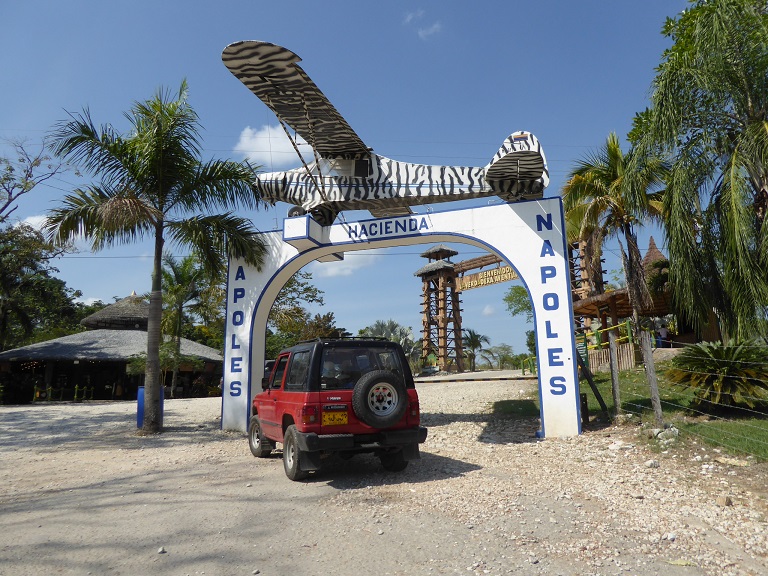Pablo Escobar’s Hacienda Napoles
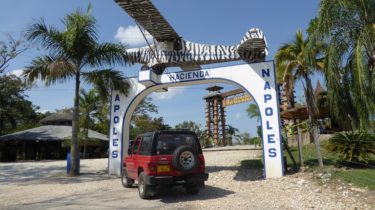
Posted in January, 2019
Half-way between Bogotá and Medellin, on the main road, is dead drug baron Pablo Escobar’s 20 square kilometre ranch Hacienda Napoles now converted to a vast zoo and water fun-park, as well as a kind of ‘anti-cocaine’ museum. It also has some fascinating less-visited corners such as an old aircraft hangar with burnt-out remnants of his car collection. It lies in tropical lowlands close to the town of Doradal, Antioquia, which can be reached in four hours by bus from Medellin. There are plenty of hotels and arranging a visit to the park is very easy, see my information section at the base of the this post.

Of course, Pablo Escobar remains a hugely divisive figure in Colombia and many people remember with horror his violent struggle against the state. Many locals are appalled by a seeming insatiable obsession with the criminal by the world at large, and endless ‘narco’ series on TV. This hasn’t been helped by garish ‘narco tours’ in Medellin cashing in on his bloody history, and daft backpackers snorting a line of coke off his grave in Itagui.
The truth is that the Medellin crime boss and King of Cocaine with a mix of psychopath, thug, family man, business and logistical genius, and sometimes defender of the poor, that created a character as complex and enduring as any Shakespeare villain. I would highly recommend a visit to the Hacienda which combines a fascinating glimpse of Colombia’s hard history with sheer fun in the water parks, and a reasonable zoo (as zoos go!). And tucked away in the woods are some large cages with some of Colombia’s lesser-known smaller mammals and monkeys, all appear well looked after.
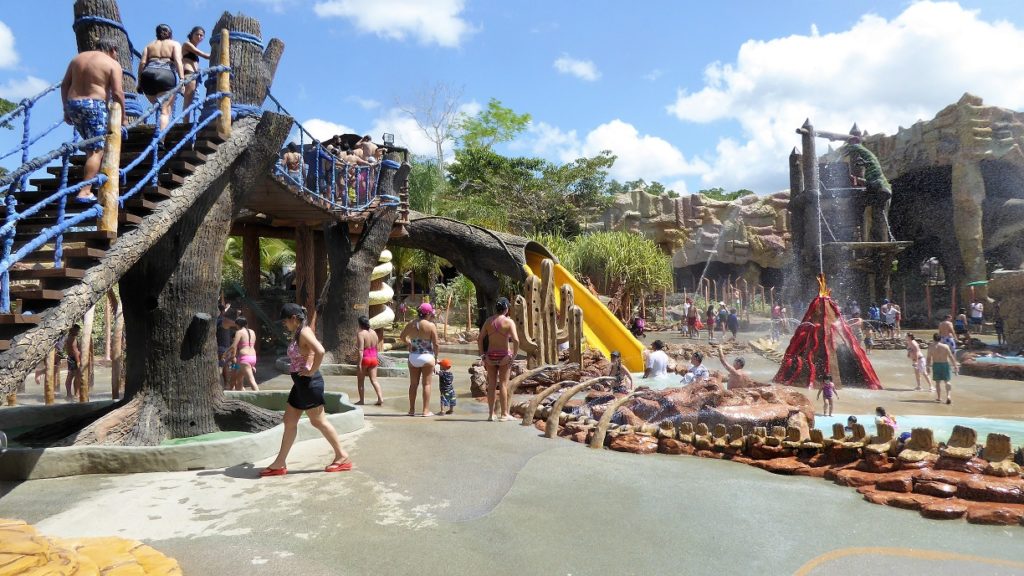
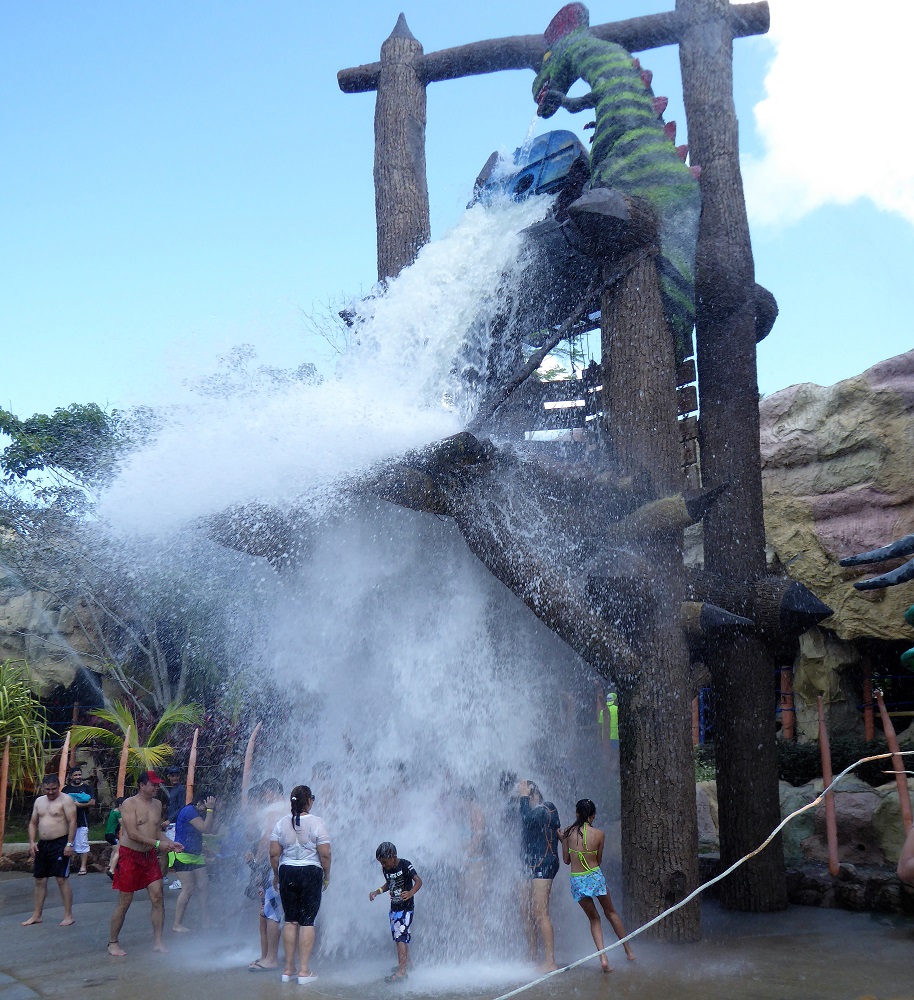
I first passed by the ranch in 1995 when it was mostly abandoned after the drug baron’s death two years before. Back then the Piper Cub plane – supposedly his first narcoavion – was mounted above the gate, as it still is today. Much of the ranch buildings themselves were semi-destroyed by government and bombings and treasure-
hunters looking for buried cash.
n fact, Escobar had personally abandoned the ranch many years before his death, as he fled government forces and his many enemies in the drug world.
Of course, he had many other ranches and properties all over Colombia, but Napoles was the one he most cherished. He lived openly there in the 1980s and even then had a private zoo where families from all over the area could visit for free, and several of my Colombian friends remember going there as kids. And the famous hippos now populating the nearby Magdalena River escaped from this early zoo.

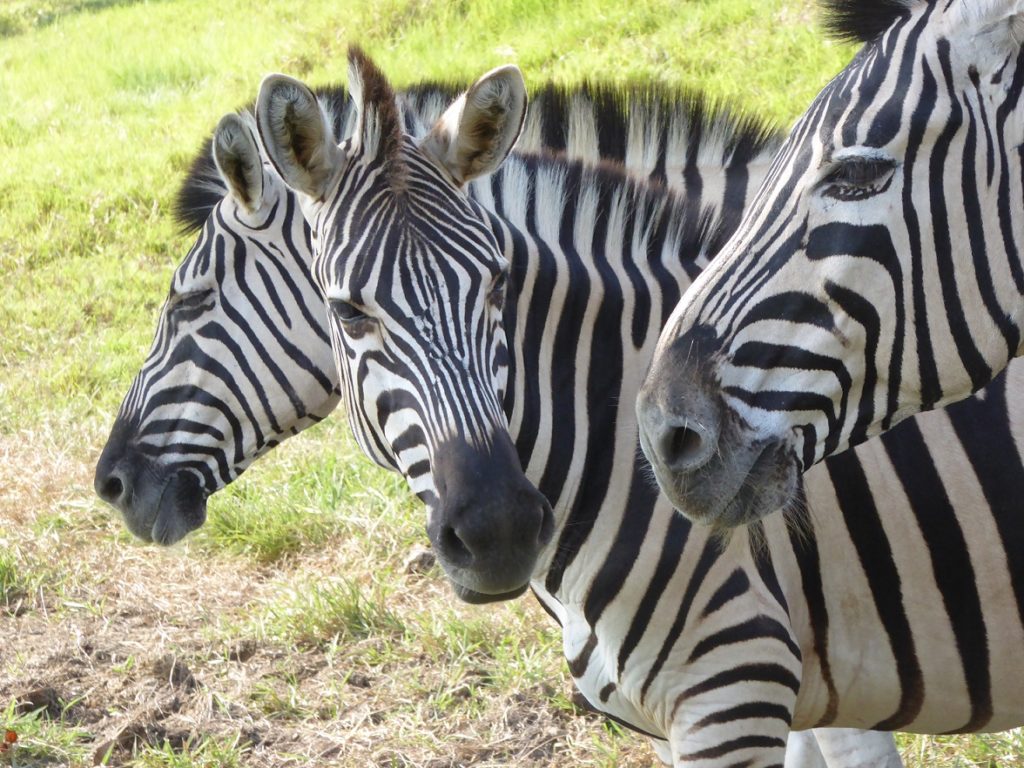
Today the ranch is a fabulous fun-park owned by the state but run by the local council. The Africa-themed facilities are ‘Disney Lite’ and there are several hotels on site. Prices are cheap by international standards, with an all day all-access pass costing US$25 (80,000 COP).
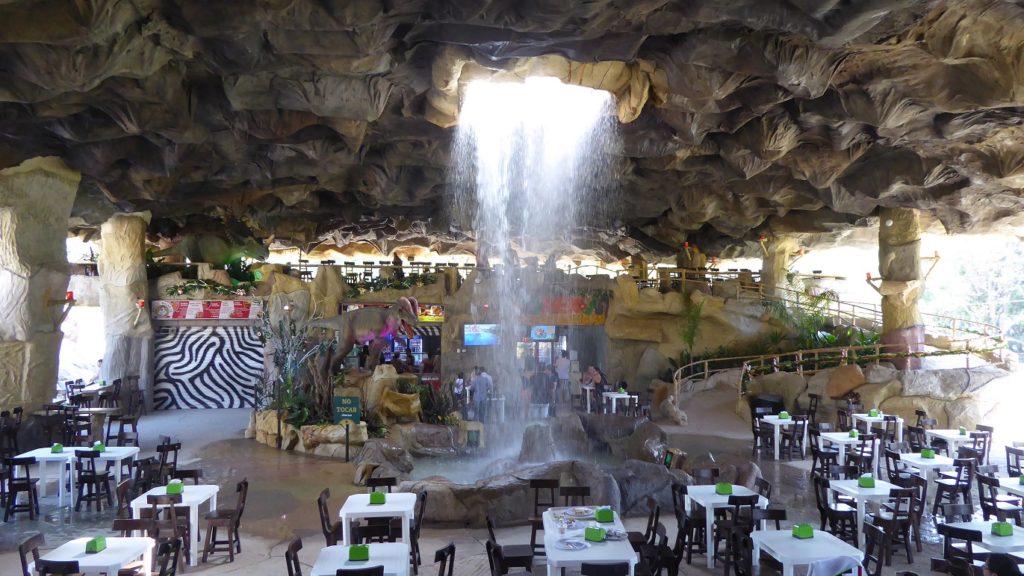

Top right is the Hacienda before restoration and conversion into a park.
‘Triunfó el Estado’: ‘The State Won’. But did it? Today there cocaine business built up by Escobar is a busy and bloody than ever.
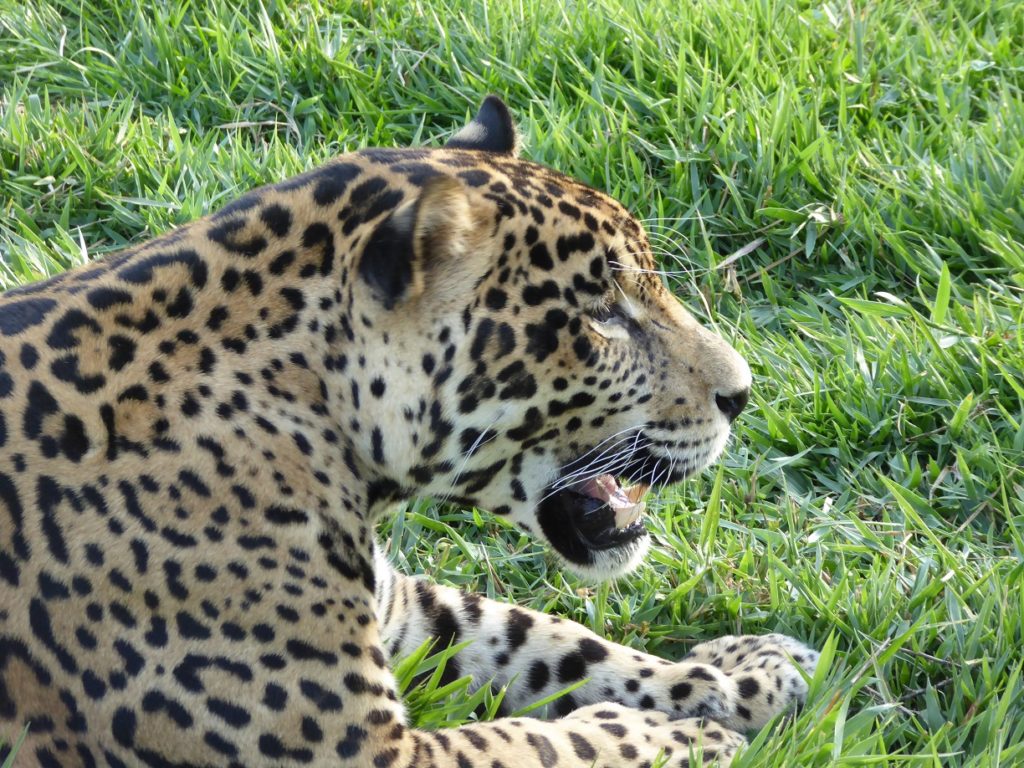
One perhaps less-visited area of the park is the museum and photo-display to the memory of Escobar’s victims, along with some state slogans that ‘Escobar fought the state: and the state won’. This sounds a bit hollow considering the huge amount of cocaine still shipped out of the country every week: the legacy of Escobar’s evil empire is still alive in Colombia today and the state has manifestly failed to stop the trade.
But, hey, that shouldn’t put you off visiting. In fact I think it’s a ‘must’ for any visitor to Colombia. The ranch can be enjoyed at many levels: a historic site, a zoo, or a water park.
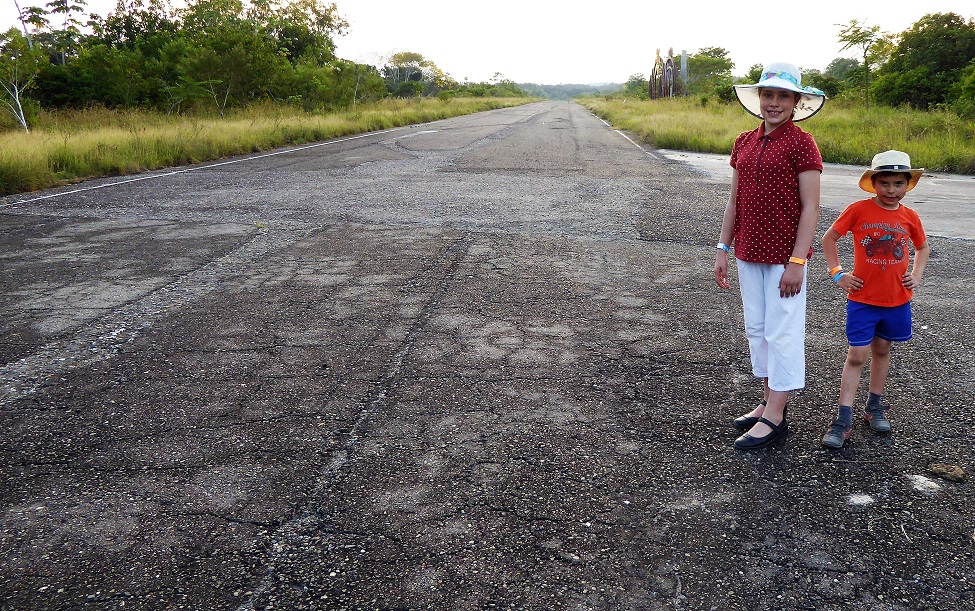
Here are some details:
When to go: Hacienda Napoles in in the sweltering Rio Magdalena valley which makes it hot all year round, perfect for a day of water slides. During weekends and bank holidays it gets very full, so a weekday visit will mean less queues for the attractions.
How to get there: the park is just outside the small town Doradal, 249 kms northwest of Bogotá and 180 kms from Medellin on the main road between the two cities. Unfortunately, there are no airports nearby. If you have a car you can drive there in 5 hours from Bogota, and 4 hours from Medellin. Otherwise take a bus to Doradal, of which there are plenty, and all the intercity buses stop there.
How many days? There is a lot to see and do at the ranch and some people go for two days, you can buy a two-day pass for a bit more. Doradal also has other attractions nearby such as the Rio Claro with its beautiful marble canyon and reserve with rafting, caving, eco-hikes, ziplines etc, I have also included picture below. Most activities centre on the Rio Claro reserve itself, but there is also the excellent Los Colores ecopark which also offers excursions

Where to stay: you will need to spend at least one night at nearby Doradal, a hot, dusty tourist town with lots of restaurants and hotels for all budgets on the main road. You can easily find a place to stay there on arrival, or book ahead with booking.com. More upmarket hotels have swimming pools, very welcome in the heat. I recommend the large Hotel Yahaya, it’s basic but has a pool, shops, a large buffet restaurant next door, and you can buy the Hacienda Napoles tickets at the desk saving queues later, it will also organise a taxi or tuk-tuk to the ranch entrance, about ten minutes’ drive. Yahaya is also where the intercity buses stop. You can also stay at the Rio Claro or Los Colores eco-parks, but these are 30 minutes driver further north from the ranch.
Planning your trip: buy your entrance tickets at the Yahaya in Doradal, or the office at the ranch entrance. Car’s drive in and pay extra for the vehicle entrance at the second gate. There is no pedestrian access so car-less visitors are driven in open wagons and given a guided trip to the main sites. There are now bicycle tracks being built around the park, but I am not sure if these are working yet. Arrive early to beat the crowds.
What to see: there are two main water parks, one with dinosaurs and one with the ‘Victoria Falls’, both are fun and have cafes, restaurants etc nearby. The Victoria Falls has more attractions, and is close to the remains of the original ranch and Escobar museum. The zoo is based around spacious outside enclosures and the largest area is designed to be driven around, though can also be seen on foot. Some of the more interesting cages – with rare South American mammals rarely seen – are based around a wooded walk behind the old airfield, and a short walk from the Victoria Falls area.

My advice is to:
- – enjoy the water parks in the morning (choose Victoria Falls if you are car-less). Don’t miss the butterfly house and enormous anacondas caged close by.
- – After lunch visit the Esconamuseum (just behind the Vic Falls pools).
- – Around 2.30 pm walk over to the Airstrip and burnt cars (‘carros quemados’, ten minute walk from Vic Falls).
- – Carry on to the start of the airstrip, cross the foot bridge and here you can enter the wooded area of the zoo with the small mammals etc.
- – At around 3.30 pm cross the road to the Bull Ring then walk to the elephant and big cat areas. By 4pm these animals are much more active and you will get good pics.
